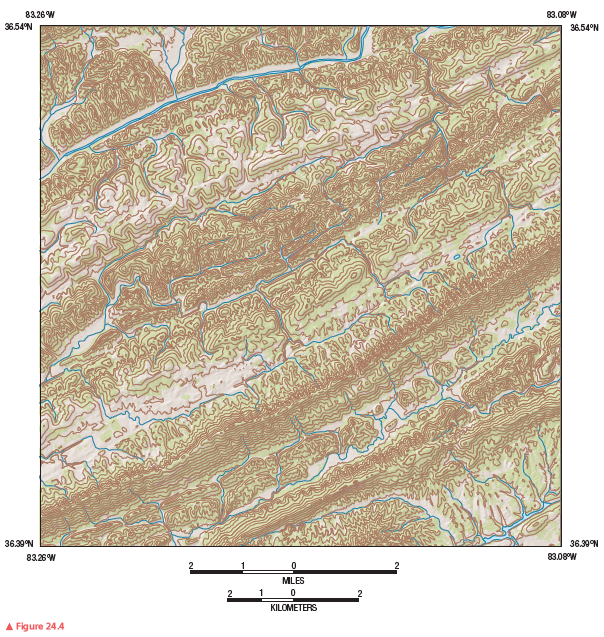What are the main differences between commercial farming and subsidence agriculture?
What will be an ideal response?
Answer: Commercial agriculture is generally practiced in developed countries and is undertaken primarily to generate products for sale off the farm to food-processing companies. Subsistence agriculture, on the other hand, generally practiced in developing countries, is designed primarily to provide food for direct consumption by the farmer and the farmer's family.
Subsistence and commercial farming differ in several key ways, including farm size, use of machinery and percentage of farmers in the society.
Farm Size: The average farm size is much larger in commercial agriculture, in part as a result of mechanization. In the U.S., for example, farms average about 161 hectares (418 acres), compared to about 1 hectare in China. Commercial agriculture is dominated by a handful of large farms. In the United States, the largest 5 percent of farms produced 75 percent of the country's total agriculture. Despite their size, most commercial farms in developed countries are family owned and operated.
The percentage of farmers in society: In developed countries around 5 percent of workers are engaged directly in farming, compared to around 50 percent in developing countries . The percentage of farmers is even lower in North America, where only about 2 percent are engaged directly in farming. Yet the small percentage of farmers in the United States and Canada produces enough food not only for themselves and the rest of the region but also a surplus to feed people elsewhere. The number of farmers declined dramatically in developed countries during the twentieth century.
Use of machinery: In developed countries, a small number of farmers can feed many people because they rely on machinery to perform work, rather than relying on people or animals. In developing countries, farmers do the work with hand tools and animal power. Traditionally, the farmer or local crafts people made equipment from wood, but beginning in the late eighteenth century, factories produced farm machinery.
You might also like to view...
Before ice forms on a lake, all the water in the lake must be cooled to
A. 4°C. B. a value slightly below 0°C. C. 0°C. D. indeterminate
What is the source of environmental problems in the Russian domain? What, if anything, is being done to address these problems?
What will be an ideal response?
What is the contour interval on this map segment?
Figure 24.8 is a portion of the Philipp, Mississippi, 7.5-minute quadrangle in northwestern Mississippi. The Tallahatchie River flows through the landscape from west to east. (Remember to use the topographic map symbol legend inside the front cover of this manual.)
Review Figure 24.4, analyze Figure 24.8 closely, and answer the following questions and completion items about Figure 24.8.


In midlatitude desert (BWk) climates, the ________ temperature is greater than in subtropical desert (BWh) climates
A) average annual B) daily high C) annual median D) annual range of E) daily low